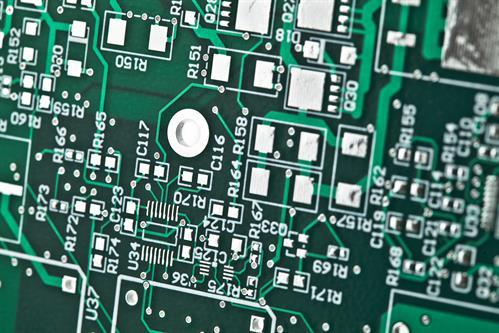| Some other disadvantages include having uneven surfaces, possible solder bridging, plugged or reduced plated through-holes, and, of course, HASL uses lead, so this option isn’t viable for projects requiring RoHS-compliance. If your project does indeed require RoHS-compliance, you might need to consider using lead-free HASL. Lead-free HASL (QTA PCB)is a process similar to HASL only without the lead, specifically the tin-lead solder. Materials used, in place of the lead, are tin-copper, tin-nickel, or tin-copper-nickel germanium. Although this lead-free HASL process is an economical one that offers RoHS compliance, it’s similar to the regular HASL process in the sense that it’s not ideal for smaller components. |





